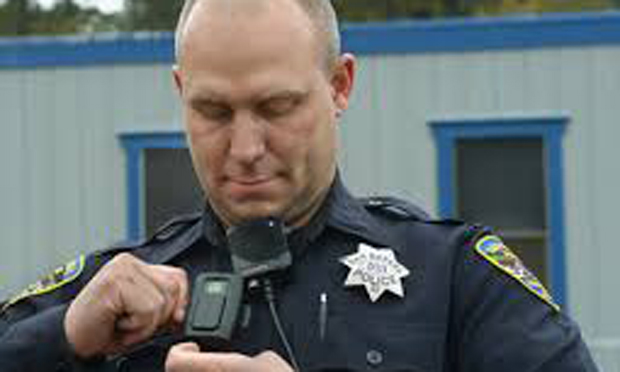
Police use of force has been heavily scrutinized for more than a year after fatal police encounters with unarmed black men in New York City, Ferguson, Mo., Baltimore and other parts of the U.S. The increased attention has renewed calls for law-enforcement officers to wear video cameras while on duty. Supporters say the devices are needed to provide transparency, build public trust and provide evidence against false complaints. But as more law-enforcement agencies begin using them, questions emerge as to when they should be turned on and off and how much footage should be made available to the public.
In May 2015, the U.S. Department of Justice announced that it was providing $20 million in grants to help local and tribal agencies purchase and learn to use body cameras. The grants are part of President Obama’s plan to spend $75 million over three years to buy 50,000 “bod cams” for police organizations. Despite the national push, local law enforcement remains divided over the use of such technology, with some agencies blatantly resisting. Some of the agencies that have tried using them, however, are reporting decreased use of force and fewer complaints from residents. In San Diego, for example, a 2015 report based on preliminary statistics showed that body cameras helped reduce “personal body” force by officers by 46.5%.
A September 2015 study published in the Journal of Experimental Criminology used a controlled experiment with the Mesa Police Department in Arizona to determine how body cameras influence police-citizen interactions. For the report, entitled “The Impact of On-officer Video Cameras on Police-Citizen Contacts: Findings from a Controlled Experiment in Mesa, AZ,” Justin Ready and Jacob Young of Arizona State University analyzed 3,698 field reports completed by 100 sworn patrol officers. The officers — half were assigned to wear body cameras — filled out the reports after having contact with members of the public between Nov. 1, 2012 and Oct. 1, 2013.
Key findings:
- Officers who did not wear body cameras conducted more “stop-and-frisks” and made more arrests than officers who wore the video cameras. Officers who did not wear cameras performed 9.8% more stop-and-frisks and made 6.9% more arrests.
- Officers assigned to wear cameras issued 23.1% more citations for ordinance violations than those who did not wear cameras.
- Officers with body cameras initiated 13.5% more interactions with citizens than those who did not wear them.
- Officers wearing cameras were 25.2% more likely to perceive the devices as being helpful during their interactions with the public.
- The cameras did not have a significant impact on whether or not officers gave verbal warnings to citizens.
The study indicates that police officers were more cautious and risk averse when wearing body cameras. The authors suggest that the reason that camera-wearing officers may have made fewer arrests and conducted fewer stop-and-frisks was because they thought more carefully about criminal policy and procedures. With video evidence, there is the potential for greater scrutiny by supervisors or members of the public. The researchers note that a possible reason why officers with cameras wrote more citations was because they were worried they might be reprimanded for not issuing tickets when video evidence showed that a citizen had violated an ordinance or traffic law. Ready and Young’s work offers insights that they think will be useful to law enforcement agencies as they decide whether to use this technology. “Police executives may support new technology that brings greater accountability and less civil liability, but line officers focus on how it may limit their use of discretion in the field,” the authors state. “Empirical support showing that OVCs [On-officer Video Cameras] can help departments achieve their goals will reduce the time needed for this technology to gain legitimacy. Our findings represent a preliminary step in that direction.”
Related research: A 2014 study from the U.S. Department of Justice, “Police Officer Body-Worn Cameras: Assessing the Evidence,” offers a review of research on the costs and benefits of body cameras. A 2010 study conducted by some of the nation’s leading criminal justice scholars, “A Multi-method Evaluation of Police Use of Force Outcomes: Final Report to the National Institute of Justice,” provides an overall summary of police use-of-force issues. A 2014 report in the Annual Review of Law and Social Science, “The Law and Social Science of Stop and Frisk,” surveys recent scholarship on the effectiveness of police stop-and-frisk tactics.
Keywords: police brutality, excessive force, body cameras, body cams, body-worn cameras, technology, policing, Eric Garner, Michael Brown, Tamir Rice, Freddie Gray, Freedom of Information, public records
